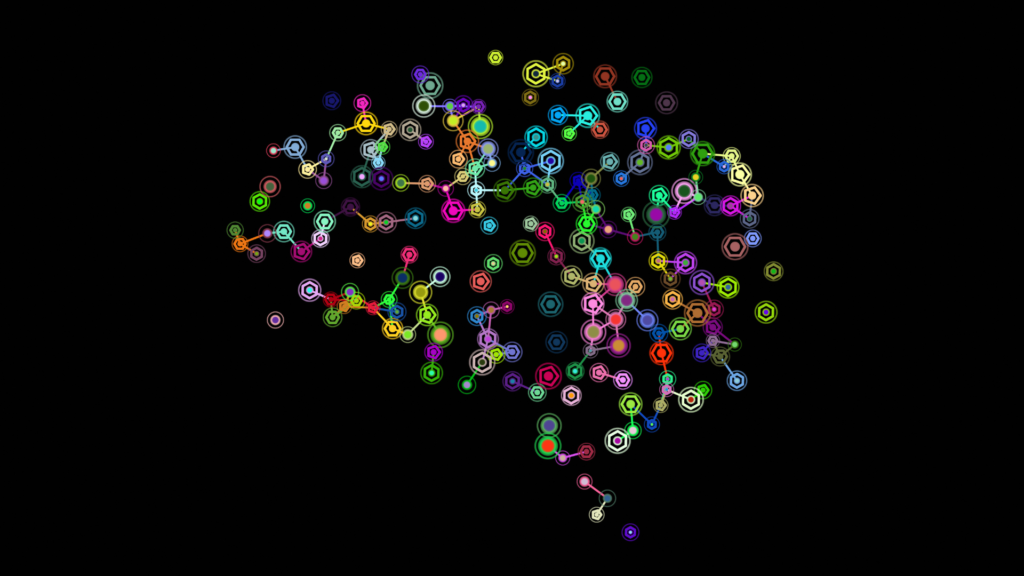The American inventor Charles Kettering said that “a problem well-stated is half-solved”. And it’s true. By clearly articulating, and nailing the problem, we are in a much stronger position to start creating solutions.
And to truly understand a problem we need to look at it from different perspectives. There will always be differences of opinion. Different contexts. Different priorities. Different needs. So by approaching it from different angles we can get to the heart of the issue.
The same is true when conducting research. After all, it is about problem solving.
If a topic is only covered once in a group, a depth, or an online community then we only have one bite of the cherry. One perspective.
By bringing in different approaches, different perspectives, different data points, different models we get multiple bites. The insights have more credibility, and more validity.

There are a number of ways to achieve this.
Some projects may call for multiple methodologies. The opportunity for quick reactions and more considered responses. Time for reflection. The opportunity to simply observe. Or also to question.
Even within a single approach, there are opportunities to revisit topics. To pick up on previous comments and probe to understand how responses and attitudes evolve. We love to play devil’s advocate to test and challenge consumers’ views.
Naturally, involving more than one researcher opens up how responses are interpreted and analysed. Each researcher comes with different experiences and perspectives which will impact the conclusions they draw. Whilst experience in a category is often valuable, including someone who is new to the category can open up new ways of thinking.

We know that context is key - people don’t operate in a vacuum. So bringing in other data sources and trend information shows the wider environment in which findings need to be considered. We look at patterns and trends. What other data supports or challenges what we’re seeing? What further questions does it raise? And what additional interrogation of the data is required to understand what’s REALLY happening?
There is a lot to be learned from behavioural economics, and psychology yet it’s not a one model fits all. Used effectively, these models can help us to hone in on and focus on the real challenge and position it in a way that hasn’t been previously considered. They can highlight what you didn’t know you didn’t know - to uncover fundamental human truths.
Triangulation is about combining multiple elements to push our thinking, stress test insights, and unlock hidden truths.
Two heads (or three!) are most certainly better than one.
Uncover deeper truths. Talk to Hummingbird Insights

